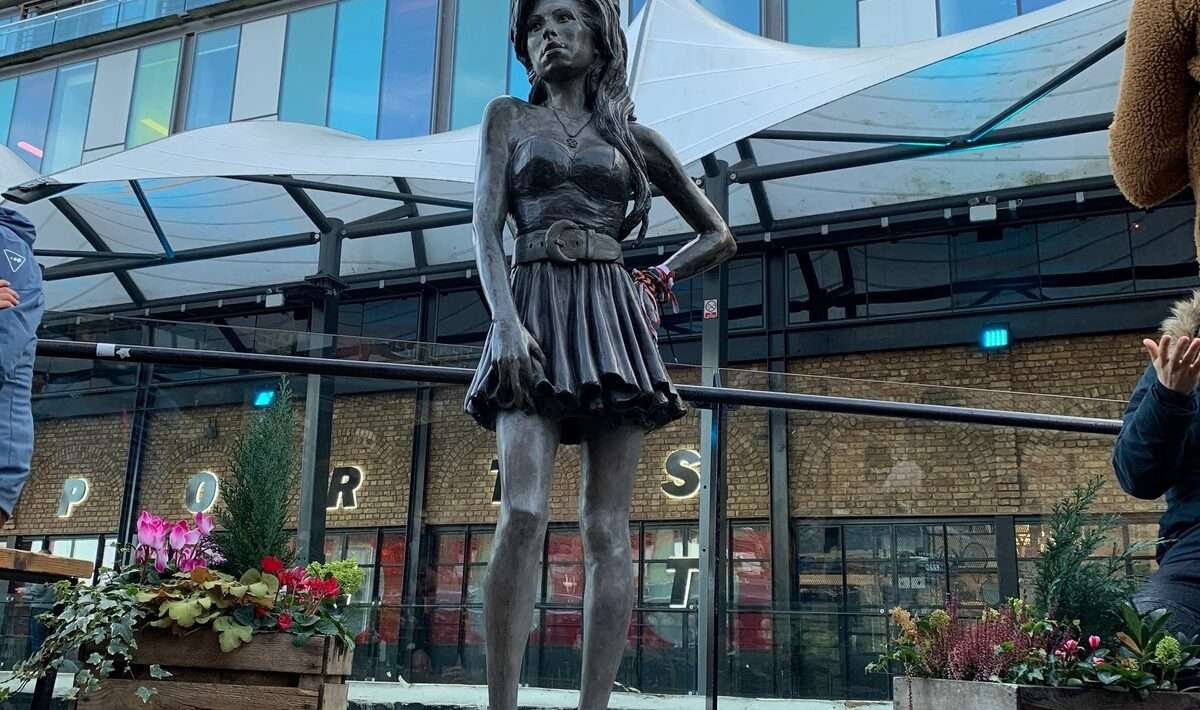A Diverse Landscape of Learning
The Elizabethan era (1558-1603) was a period of both enlightenment and disparity in terms of access to education. While some segments of society had opportunities to pursue knowledge and learning, an educational divide persisted, shaping the lives and prospects of individuals across different social classes.
Privileged Access
Access to education in Elizabethan society was largely a privilege of the upper classes. Aristocrats, gentry, and those born into affluent families had greater access to formal education. Grammar schools and tutors provided a structured curriculum that covered subjects such as rhetoric, languages, history, and classical literature.
Humanism and Learning
The Renaissance humanist movement influenced education in the Elizabethan era, emphasizing the importance of a well-rounded education that encompassed not only the sciences and humanities but also moral and ethical values. This humanist approach was embraced by the privileged classes and shaped the education they received.
Limited Opportunities for the Lower Classes
For the lower classes, access to formal education was severely limited. The peasantry and laboring class often lacked the resources and means to provide formal schooling for their children. Instead, education was typically imparted through practical skills, oral traditions, and apprenticeships in trades.
Apprenticeships as Educational Pathways
Apprenticeships were a significant educational pathway for those who couldn’t access formal schooling. Apprentices learned practical skills and trades under the guidance of skilled masters. While apprenticeships provided hands-on learning, they were often specific to a particular trade and did not necessarily offer a broad education.
Literacy and Informal Learning
Literacy rates varied widely in Elizabethan society. While the upper classes were more likely to be literate and engage in intellectual pursuits, many individuals from the lower classes remained illiterate. Informal learning, such as storytelling, folk traditions, and observing daily life, played a role in transmitting knowledge.
Cultural Impact
The educational divide in Elizabethan society had a profound impact on culture and literature. The experiences of both the educated elite and the common folk were reflected in the literature of the time. Plays, poems, and literary works often explored themes related to knowledge, access to education, and the aspirations of individuals seeking to transcend their circumstances.
Legacy and Modern Parallels
The educational divide in Elizabethan society left a lasting legacy. It serves as a reminder of how access to education can shape social mobility and opportunities. The struggle for equitable education continues in modern society, and discussions about educational access, resources, and opportunities remain relevant.
Unveiling Untold Stories
Exploring the educational divide in Elizabethan society unveils untold stories of individuals who navigated the challenges and opportunities presented by the educational landscape. Their journeys, aspirations, and determination provide insight into the complexities of pursuing knowledge in a society marked by disparities.
Conclusion
The educational divide in Elizabethan society highlighted the disparities in access to knowledge and learning across social classes. The era’s educational landscape shaped the experiences and aspirations of individuals, leaving behind stories of privilege, struggle, and the enduring quest for intellectual growth. By examining these divides, we gain a deeper understanding of the diverse paths individuals took to pursue education and the legacy it left on the era’s cultural and societal fabric.

